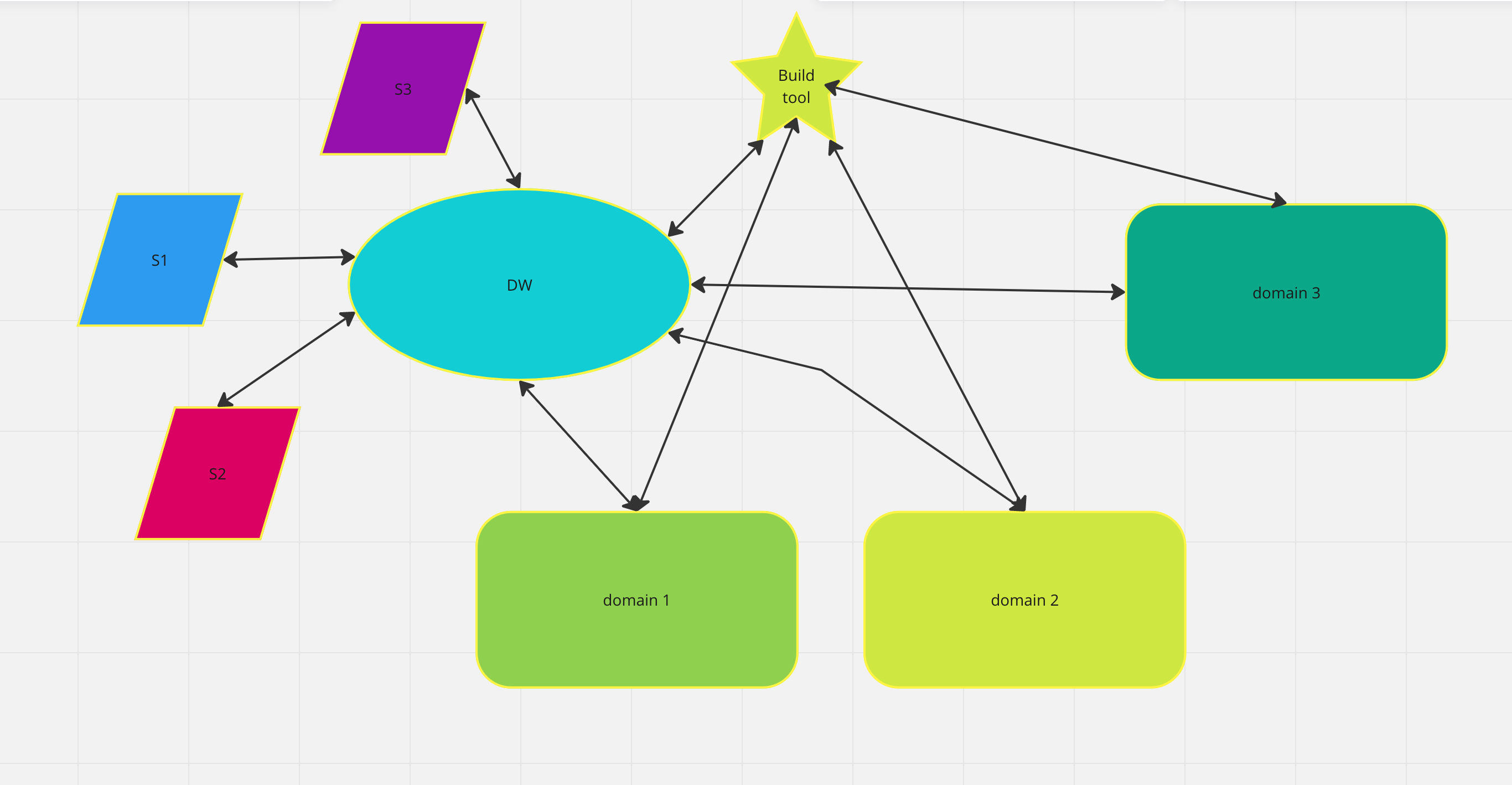here’s a breakdown of the pricing models for GCP, Azure, AWS, and Snowflake:
Google Cloud Platform (GCP): GCP offers a pay-as-you-go pricing model for its cloud storage and data services. This means you only pay for the resources you use, and you can adjust your usage as needed. GCP also offers a variety of discounts for long-term usage and committed use contracts. Additionally, GCP has a pricing calculator that allows you to estimate your costs based on your usage patterns.
Microsoft Azure: Azure offers a similar pay-as-you-go pricing model to GCP, with the ability to adjust usage as needed. Azure also offers a variety of discounts for long-term usage and prepaying for resources. One unique feature of Azure is that it offers a free tier for some of its services, allowing users to try out the platform at no cost.
Amazon Web Services (AWS): AWS also offers a pay-as-you-go pricing model, with the ability to adjust usage as needed. AWS offers a variety of pricing tiers and discounts for different usage patterns, including reserved instances and spot instances. AWS also has a pricing calculator to help estimate costs based on usage.
Snowflake: Snowflake has a different pricing model compared to the other cloud providers, as it charges based on usage and the number of users accessing the platform. Snowflake offers a free tier for up to 400 credits of usage per month, with additional credits available for purchase. Snowflake’s pricing can be more expensive than other cloud providers for large-scale data storage and processing, but it also offers unique features like its automatic scaling and built-in security features.
In terms of the general sentiment among experienced users, opinions vary depending on the specific use case and needs of the organization. Some users prefer the simplicity and flexibility of the pay-as-you-go models offered by GCP, Azure, and AWS, while others prefer the more predictable pricing and unique features offered by Snowflake. Ultimately, the best approach is to carefully evaluate your organization’s specific needs and compare the pricing and features of each platform to determine the best fit.


